Community exploration builds connection
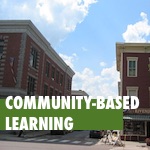 What happens when you ask your students what they want to learn about and how they like to learn, then you turn them loose on a three-day self-directed series of projects generated from their ideas? Teachers at West Rutland School recently found out.
What happens when you ask your students what they want to learn about and how they like to learn, then you turn them loose on a three-day self-directed series of projects generated from their ideas? Teachers at West Rutland School recently found out.
(Spoiler alert: it’s harder, fun, and more engaging than regular school days!)
“Who are we as West Rutland?”
West Rutland’s 7/8 team wanted to create a project that connected students to their community through an exploration of the question “Who are we as West Rutland?” They sought to help their students forge stronger ties with the community by developing an interdisciplinary exploration of that community.
Setting it up
The team began groundwork for this community exploration last fall. First, teachers asked students to share what they already knew about their community. This prompt provided a baseline for pre-assessment, as well as helping teachers hone in on students’ areas of interest in the community.
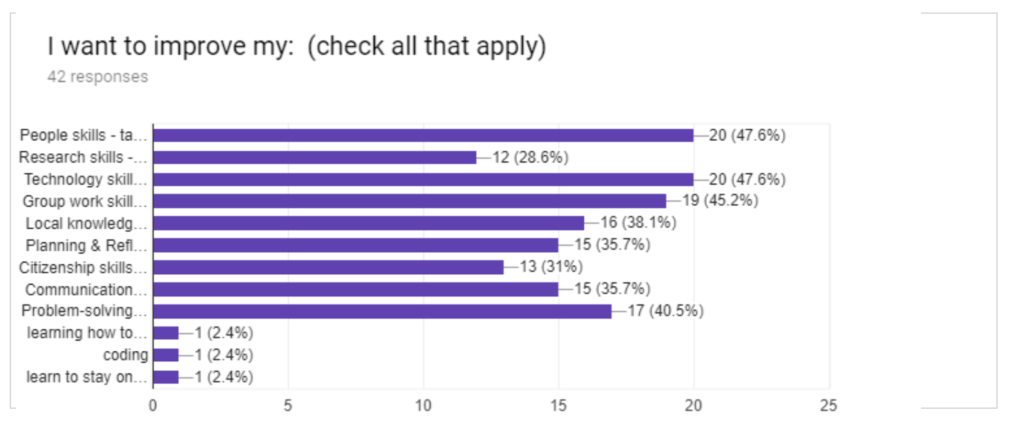
Next, guided by the tenets of negotiated curriculum, the team created a series of student surveys to be delivered prior to the creation of the projects.
They sought students’ input in two main categories:
- What do you want to know about our community?
- How do you like to learn and show your learning?
The data yielded from these inquiries would help the teachers shape the projects they would create for students.
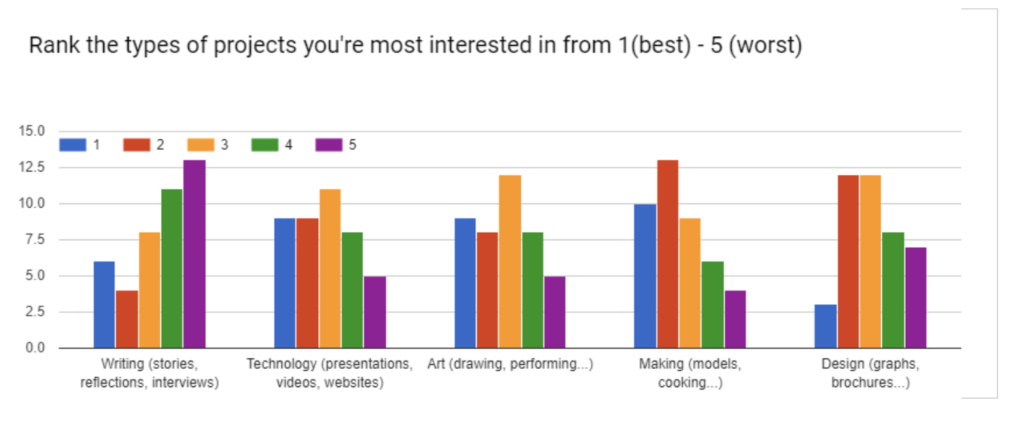
Then the team took the students out on inquiry walks in the community.
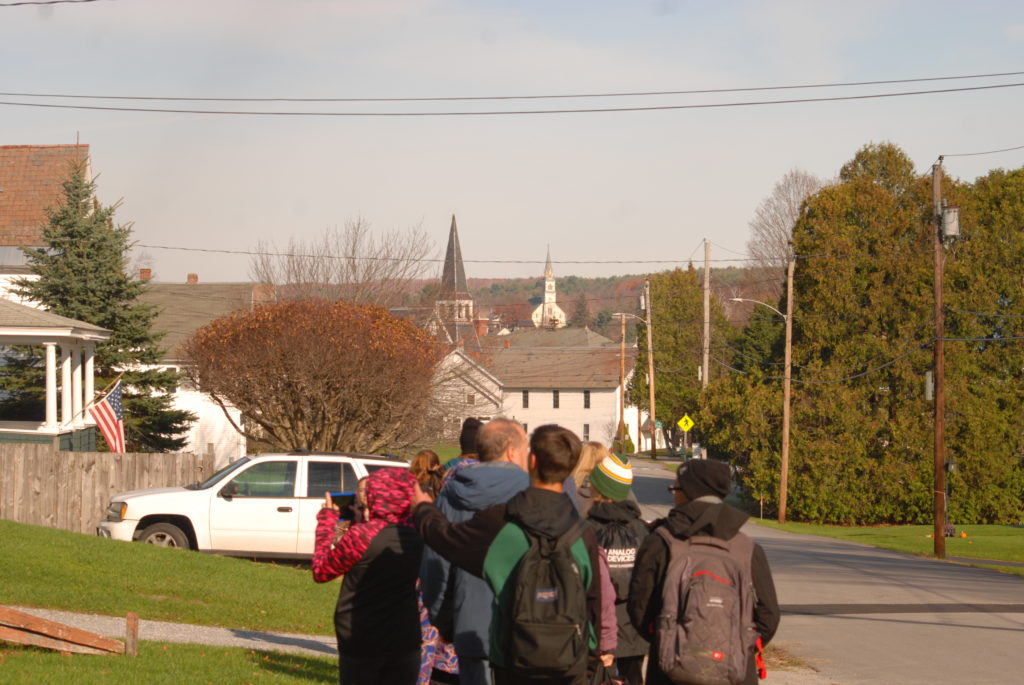
Students snapped photos and asked questions as they toured the different areas of the community, such as the West Rutland Marsh and the Carving Studio.
Post-walk, students brainstormed questions their walk generated. Teachers later used this data as they designed projects.
And now a short break for winter.
As winter took the wheel, the team began to analyze the student data and create criteria for project development. Because the team doesn’t have a regular common planning time, this work happened in after-school meetings a couple of times a month, and on a few half-day curriculum retreats. Progress was slow but steady.

There were a lot of decisions to make.
- How would the projects be assessed in a way that students felt compelled to apply themselves?
- How would the four teachers manage the load and logistics of the projects?
- What would the student experience consist of?
- How would students share their learning?
Ultimately, the teachers settled on using Vermont’s transferable skills, as well as several social studies proficiencies across the projects.
With student projects slated for spring, teachers took the winter to finalize the project design.
Using the student interest data, the educators created more than 20 projects for students to choose from. Most projects also offered students options in terms of how they would communicate their learning.
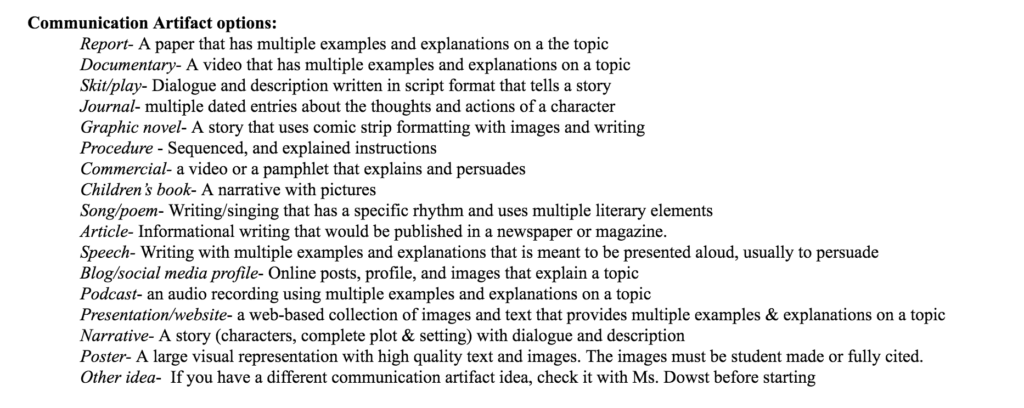
Late spring found the team doing some pre-teaching to prepare students for the projects:
- What is self-direction?
- How do you create citations?
- How will we navigate these projects?
And then, finally, project week arrived.
A three-day project bonanza
In early May, classes were canceled for three days while students embarked on their projects.
From borscht to quarry worker narratives, from maps to polka dancing, students dove deep into their community and history. The team called upon parents and community members to help students explore the fabric of their community.
As the projects got underway, the scene was a glorious riot of learning.
Students spread out through three classrooms, working in various configurations and at various paces and intensity. Most students noted their appreciation of the autonomy and choice the projects provided. Many explained that (despite what the survey data showed) they were excited to work alone and at their own pace. Many students had completed most of their project work and were preparing their exhibition pieces, while others expressed concern about the three-day deadline, and were struggling to focus or getting stuck. Luckily, their teachers were nearby to help coach them on.
When the projects concluded, the team held time for group reflection and synthesis. So, they asked, based on the evidence you gathered, just who are we as West Rutland?
What did you learn about yourself?
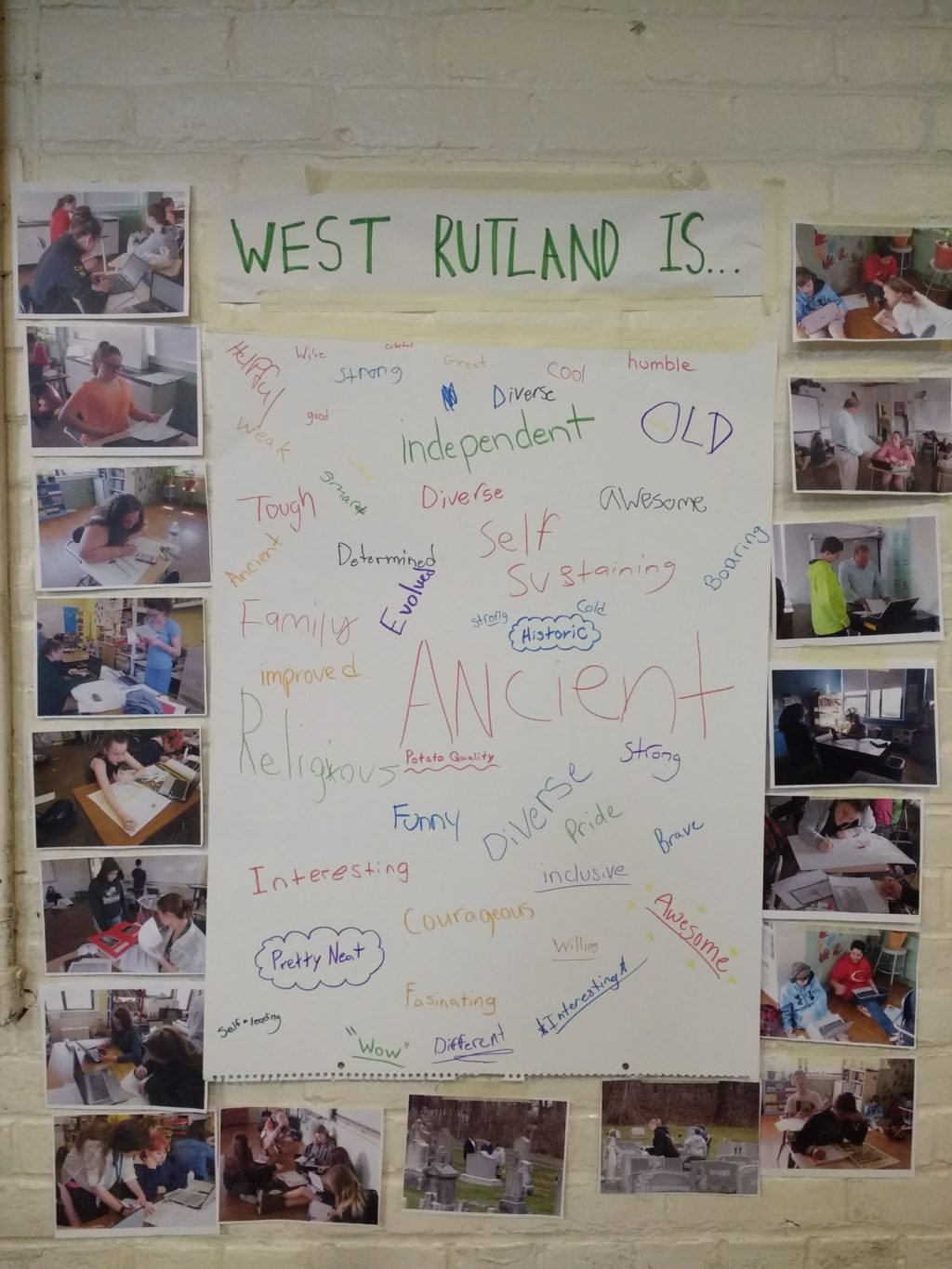
But wait! Some unanticipated outcomes
A few days later, students displayed the fruits of their labor and learning at an evening exhibition. Community members and families milled around, listening to students as they shared their experiences.
The general consensus among students was that time management and creating citations were the hardest parts of the projects. They also agreed that the choices and opportunity to self-pace were the highlights.
The general consensus among the teachers was that they were tired, but pleased with the outcome.
Connor, an 8th grader, created a guide to local wildlife using QR codes and GoogleDocs. He had this to say about the projects:
“The best parts were my ability to be independent and the self-management aspect, but it was also stressful and the same time; I don’t know how that’s possible!
Toward the end, I didn’t know if I would have enough time to complete my second project, which was a little bit worrying. It was weird, it felt like it was completely my fault and my work, and if I didn’t get it in a presentable state it wasn’t worth doing.
If we ever do this again, I’m going to do less so I can do more.”
Then he said this:
“I feel like being able to manage what you do yourself teaches you a lot of important skills that you’ll need later in life for work in whatever you do which is kind of cool to learn at this stage of my life.”
Wow. Just wow. Hashtag: #transferableskills
Another amazing-yet-unanticipated outcome: deepening family-school connections
Teacher Wendi Dowst noted:
“Because the projects were community-based, parents became involved, and they saw extra value in what we were doing because the topic was close to them and their experience. One father made borscht with his son. The recipe was passed down through their family.
Another student used a newspaper article that profiled one of his family members who used to work at the quarries. Now that the children have background knowledge about their community, they can gain access to these conversations with their families.”
Parents and students felt motivated and connected. As one 8th grader’s mom noted, “My son had so much fun. I wish school was like this all the time for him.”
How have you partnered with your students to design learning?
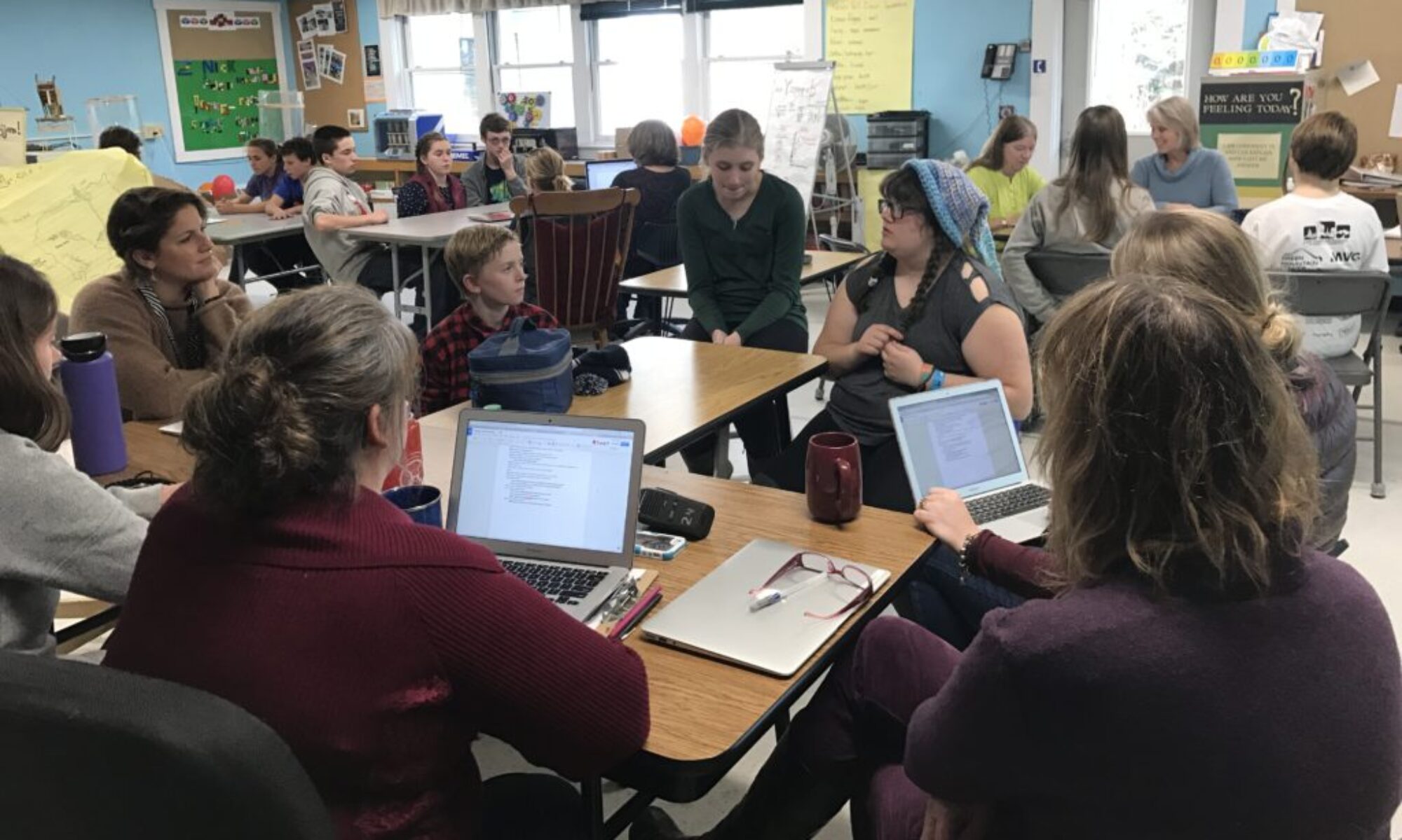

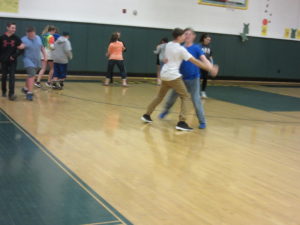
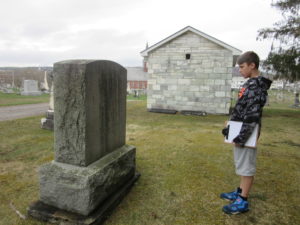
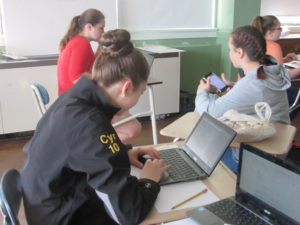
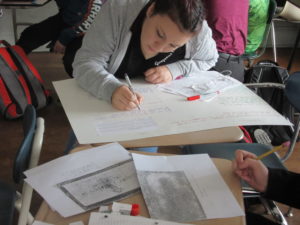
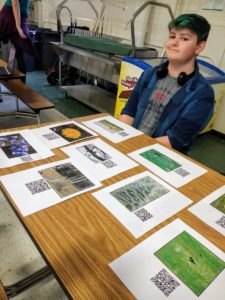
Wonderful post! We are linking to this great post on our website. Keep up the great writing.